No-knead breads have become very popular lately, but the recipes all seem to have some incomprehensibly complicated steps (involving folding the dough and a pre-heated pot) in the middle.
So I thought I would try to just bypass those and see what happened, and the results were just as good. And a lot less work.
I don’t think it gets much simpler than this recipe.
There’s just four ingredients:
- 500g (4 cups) wheat flour
- 4dl (1.7 cups) water
- 1/4 tsp dry yeast
- 2 tsp salt
Put the flour into a bowl.
Add the yeast.
Add the salt.
Stir a bit.
Add water.
Stir until it’s formed a dough, which should take long. You’ll get a moist, sticky dough if the flour/water proportions are right.
Let the dough stand in the bowl for about 18 hours on the bench, covered by plastic wrap or something.
It’ll have risen substantially after 18 hours…
… so beat it down a bit.
And then transfer…
… into a lidded pot that’s lined with baking paper. It should be a pot that can survive being in a 250C (480F) oven for a while, so all-steel or iron is great.
Put the lid on and let it proof for another 90 minutes on the bench. Removing excess baking paper might be a good idea, because they’re usually not rated for that high a temperature and will brown up and become very flaky.
After 90 minutes, the dough will have a-risen again.
Pop it into the lowest rack at 250C (480F) and let it bake for 25 minutes with the lid on.
After 25 minutes, it’ll look like this: Completely pale.
(And remember that the pot is going to be really, really hot at this point, and it seems so natural to instinctively grab the handle — so always wear protection on your hands.)
Take the lid off and move the pot higher up and bake for about another 25 minutes; until it’s how brown you want it to be. Lower the temperature to 210C (410F).
Oops! I forgot to take it out in time, so it’s a bit on the burnt side.
But not seriously. It’s still moist and very wheaty and glutinous: Gluten makes bread nice.
That’s the basic recipe. If you want more fibre, replace some of the wheat with dark rye, for instance, or grind up some nuts and add those: It’s difficult to fail completely with this method. The bread will always come out fluffy but satisfying, and with a nice crust.
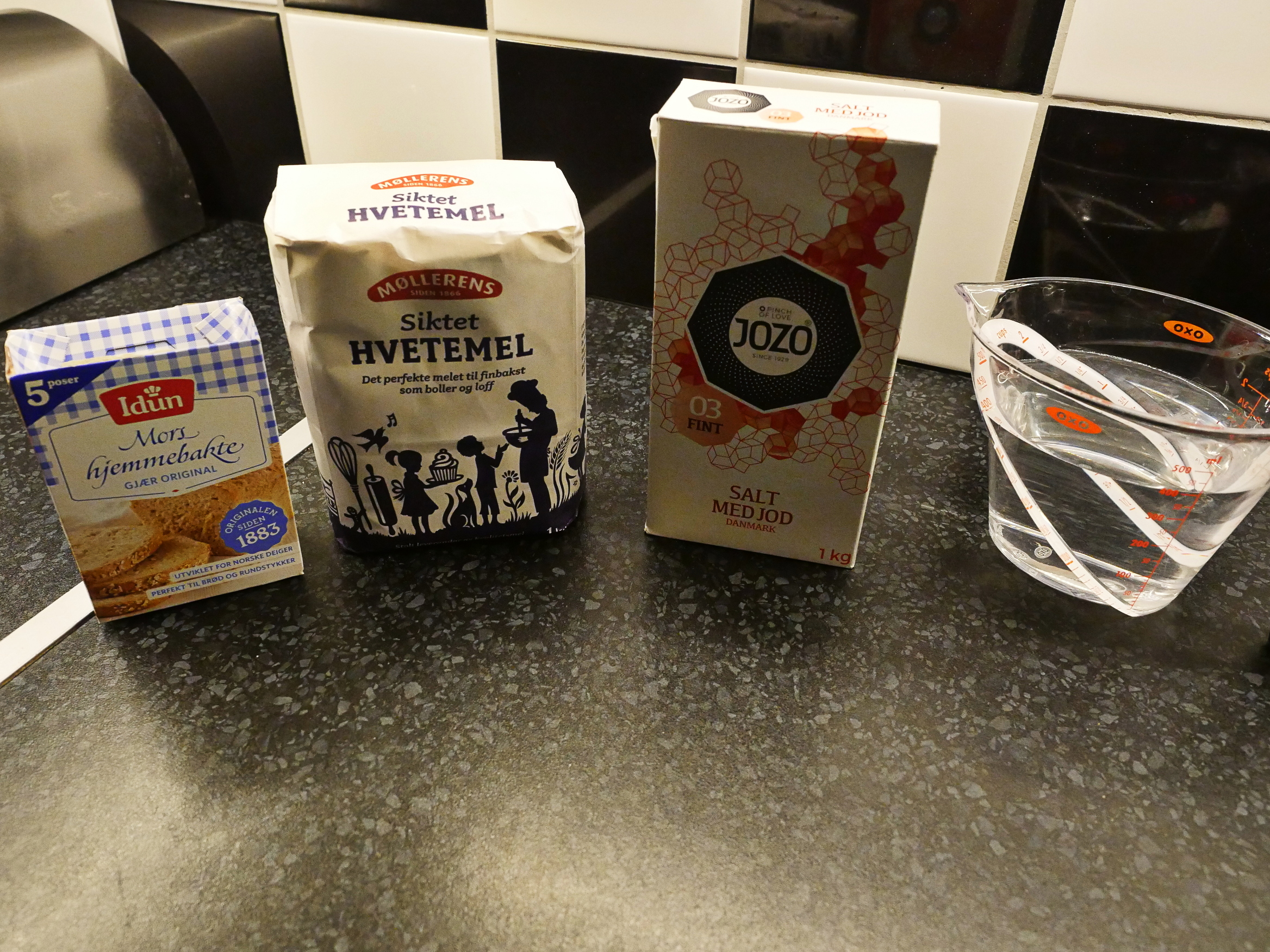


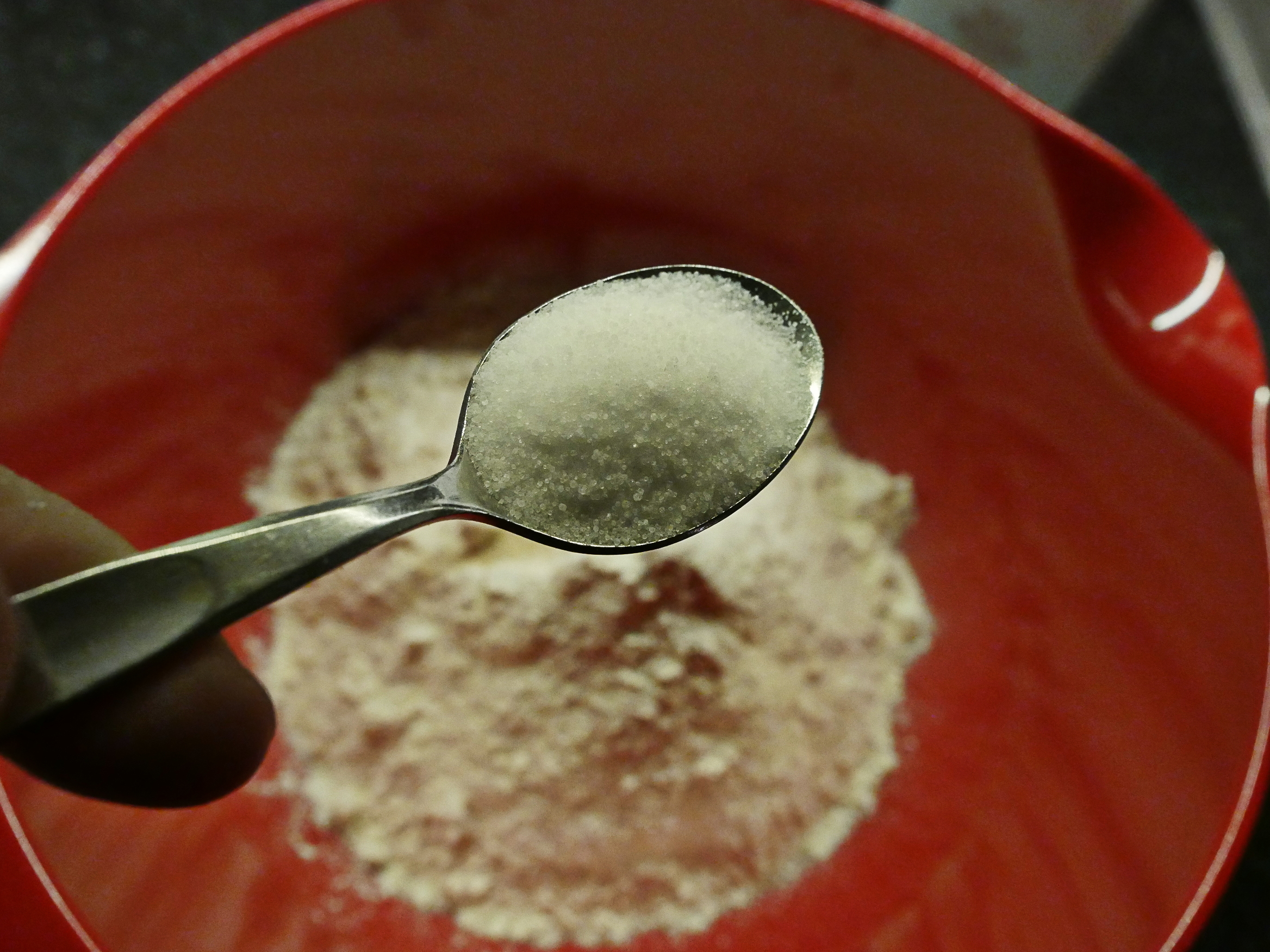
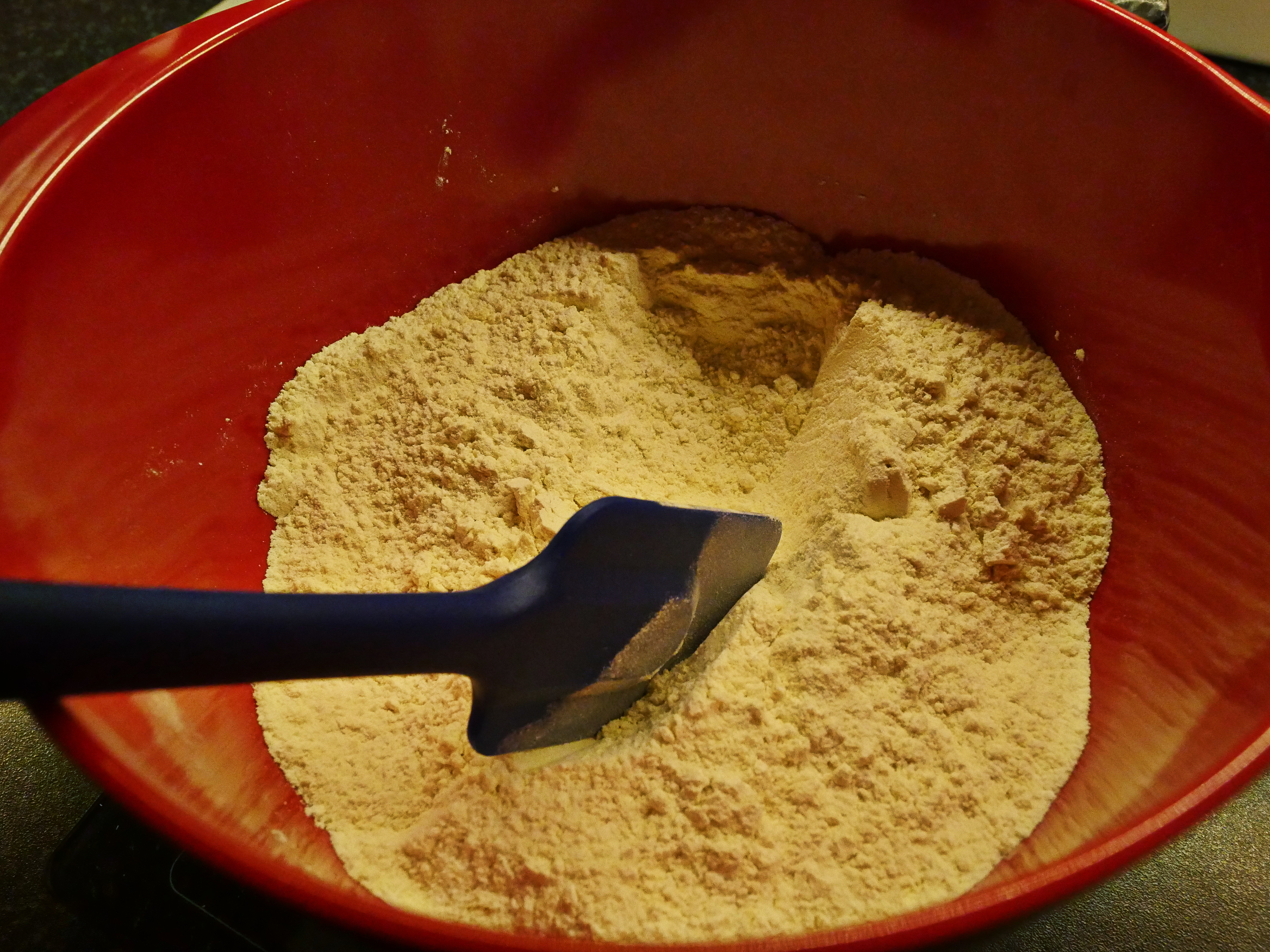


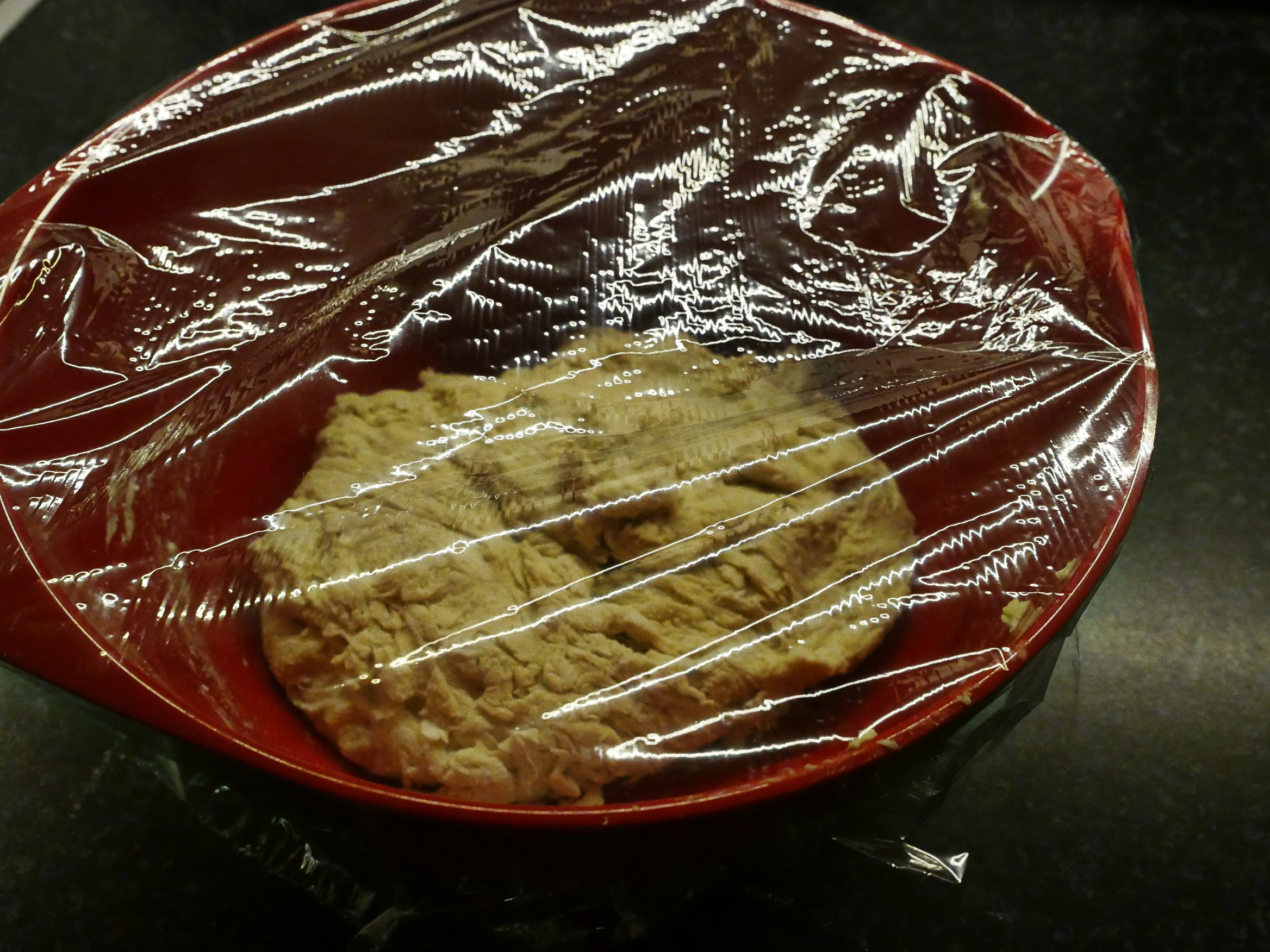
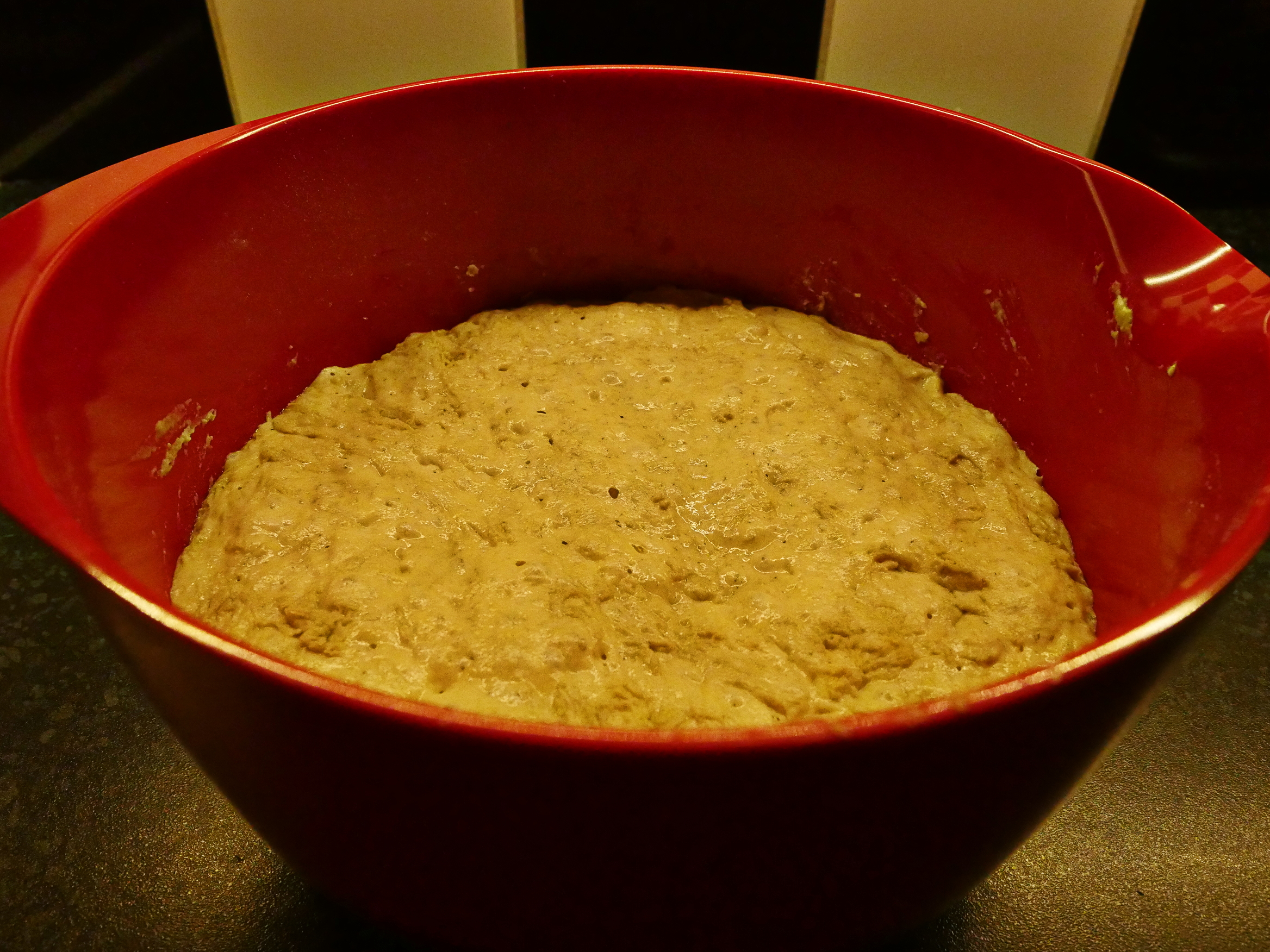
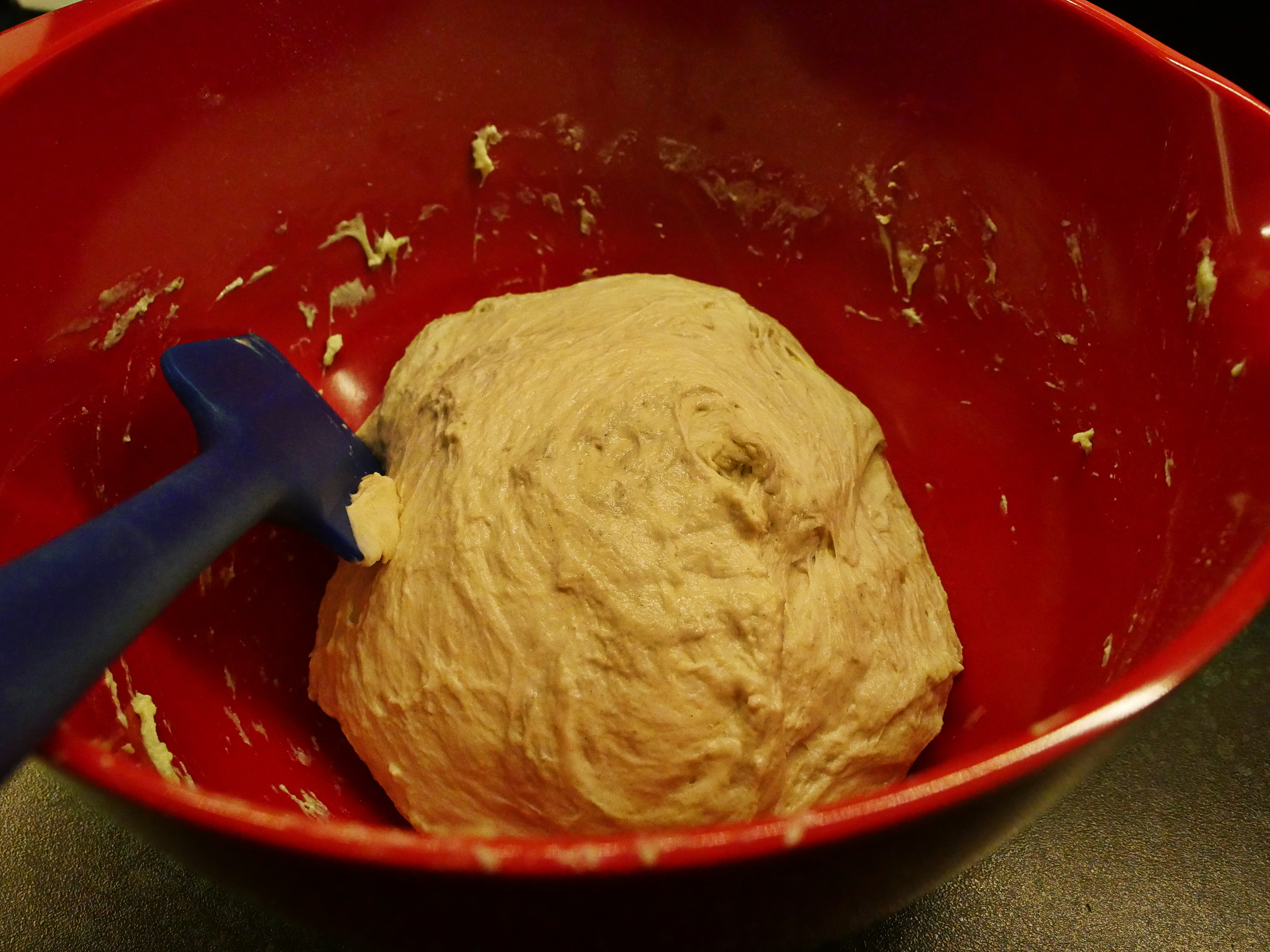
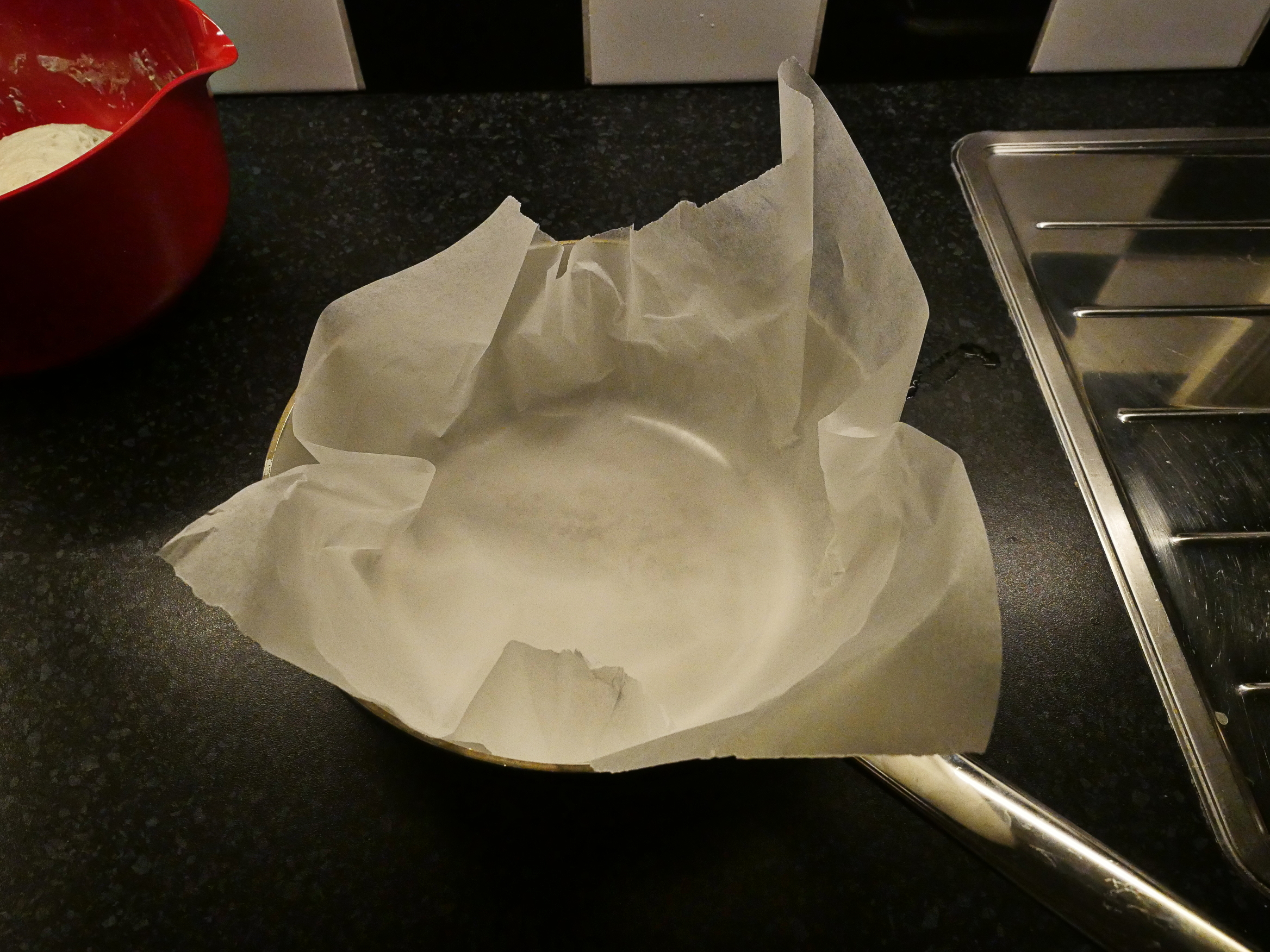
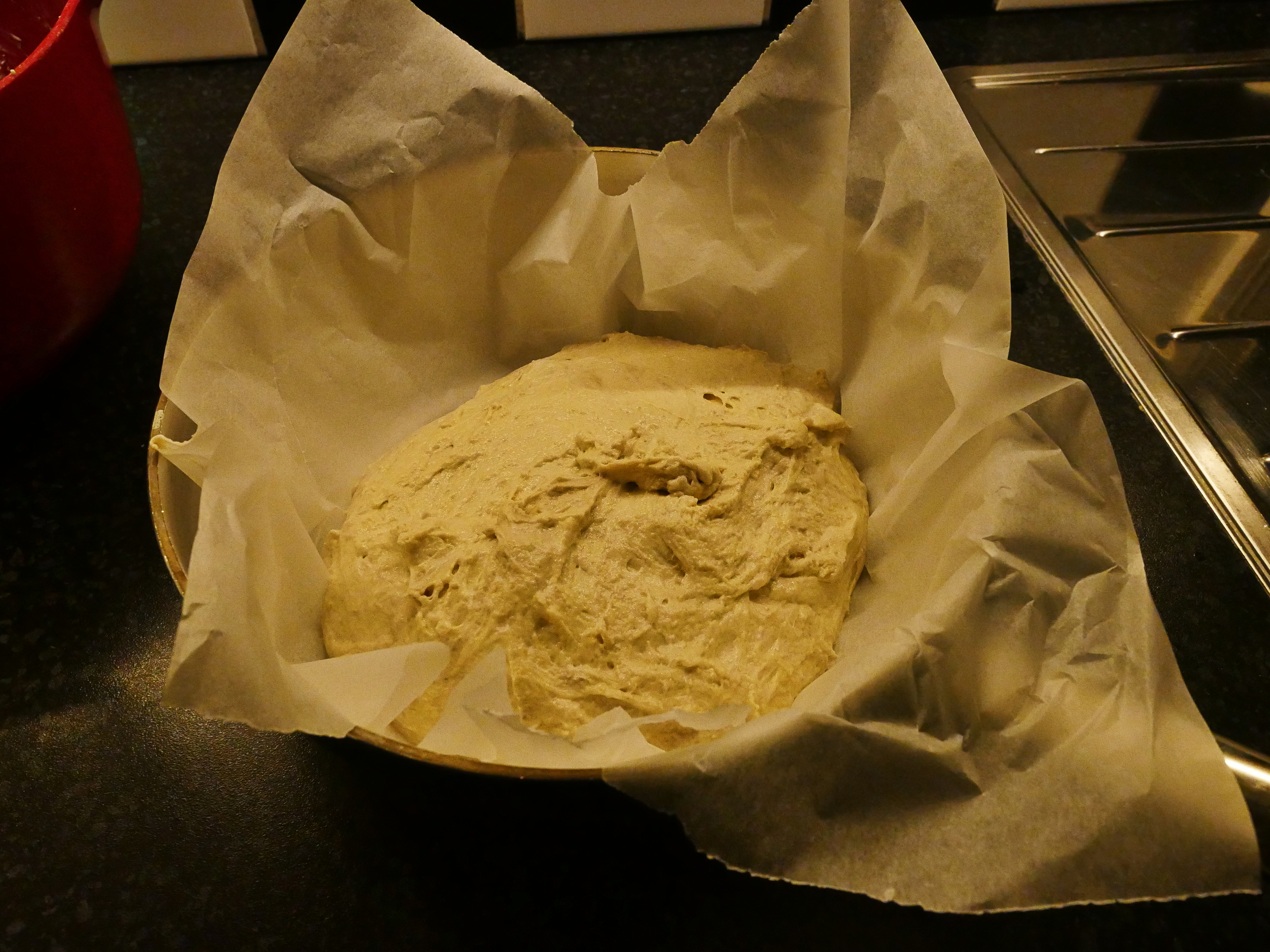
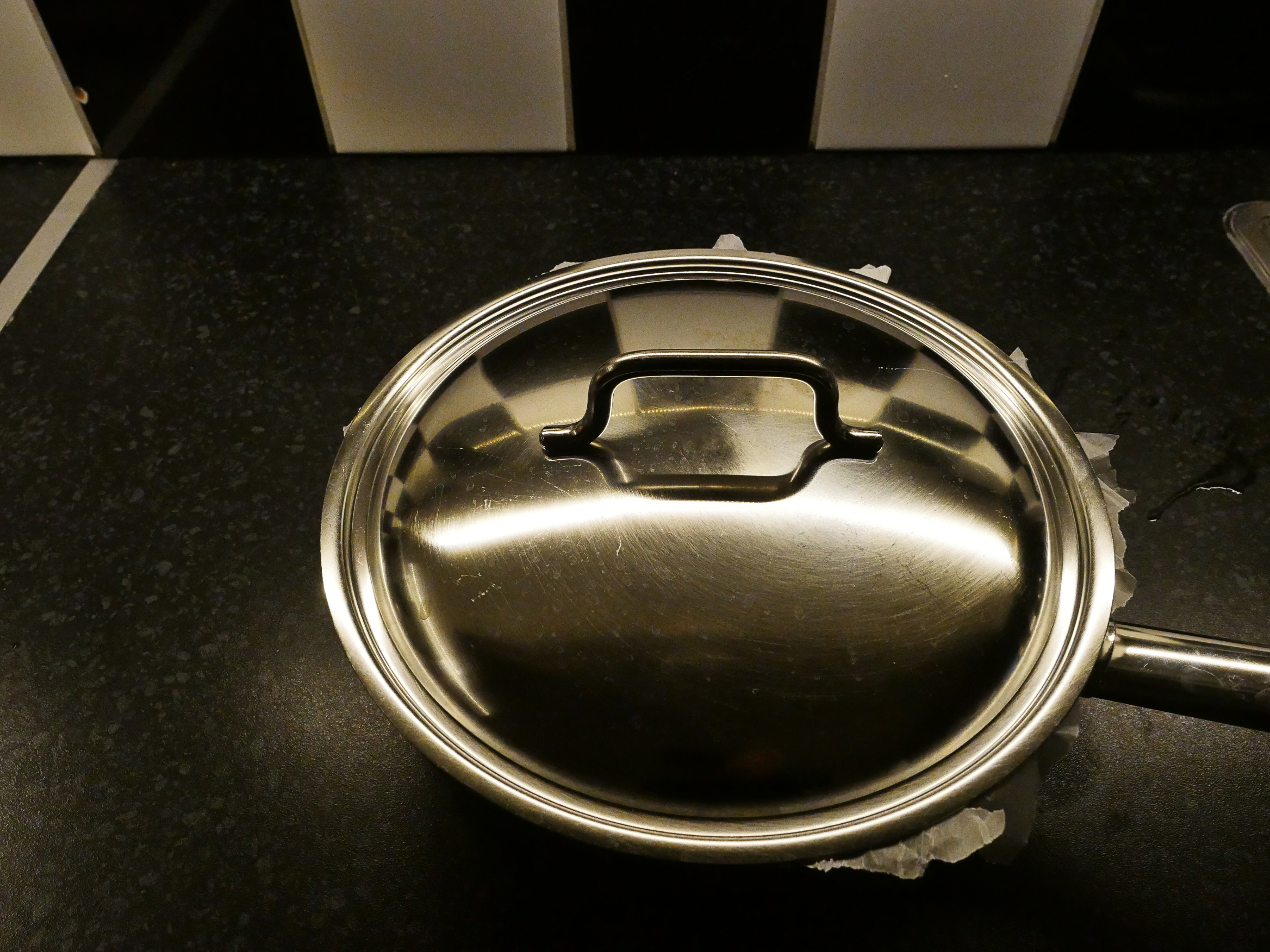
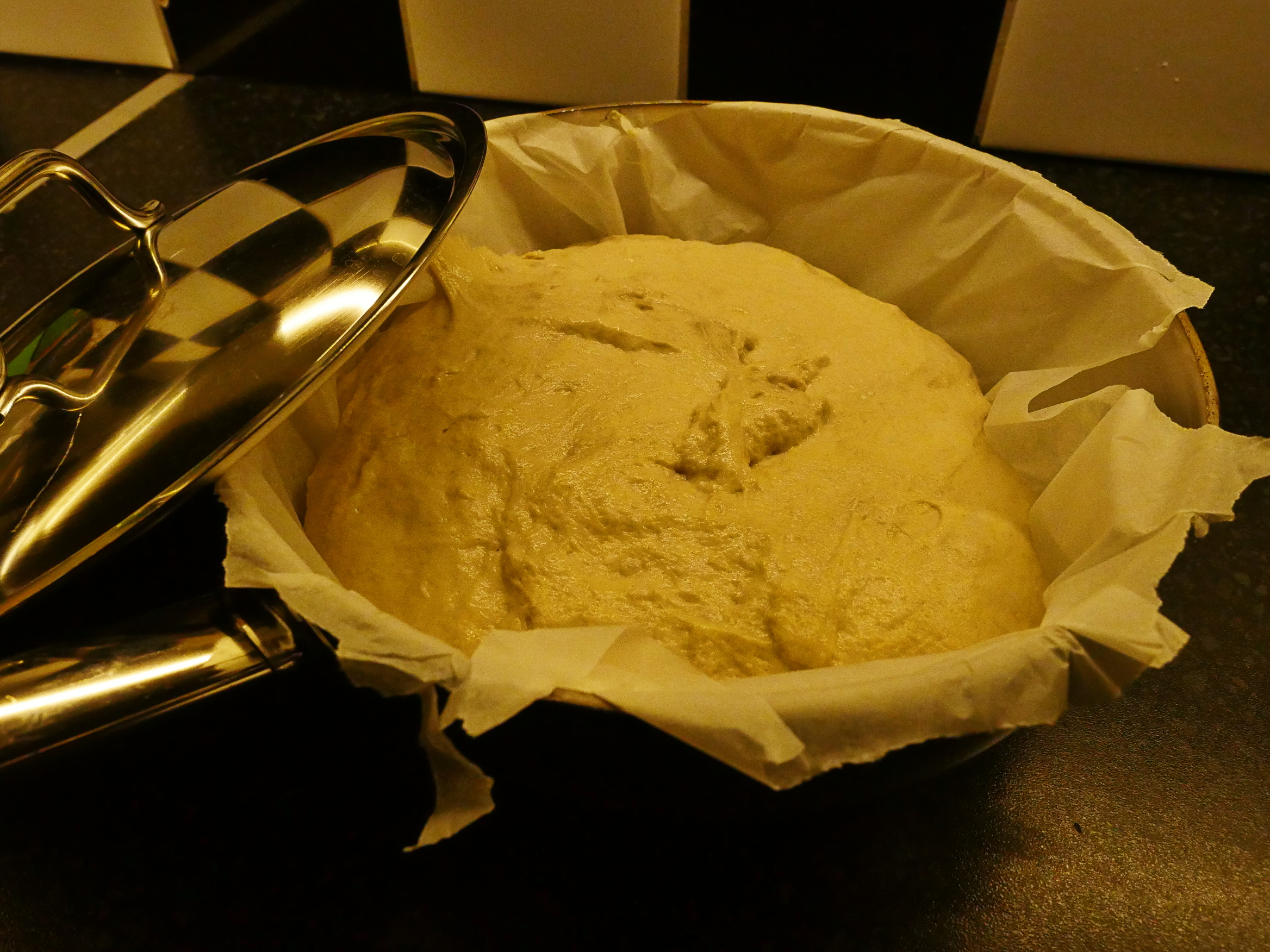
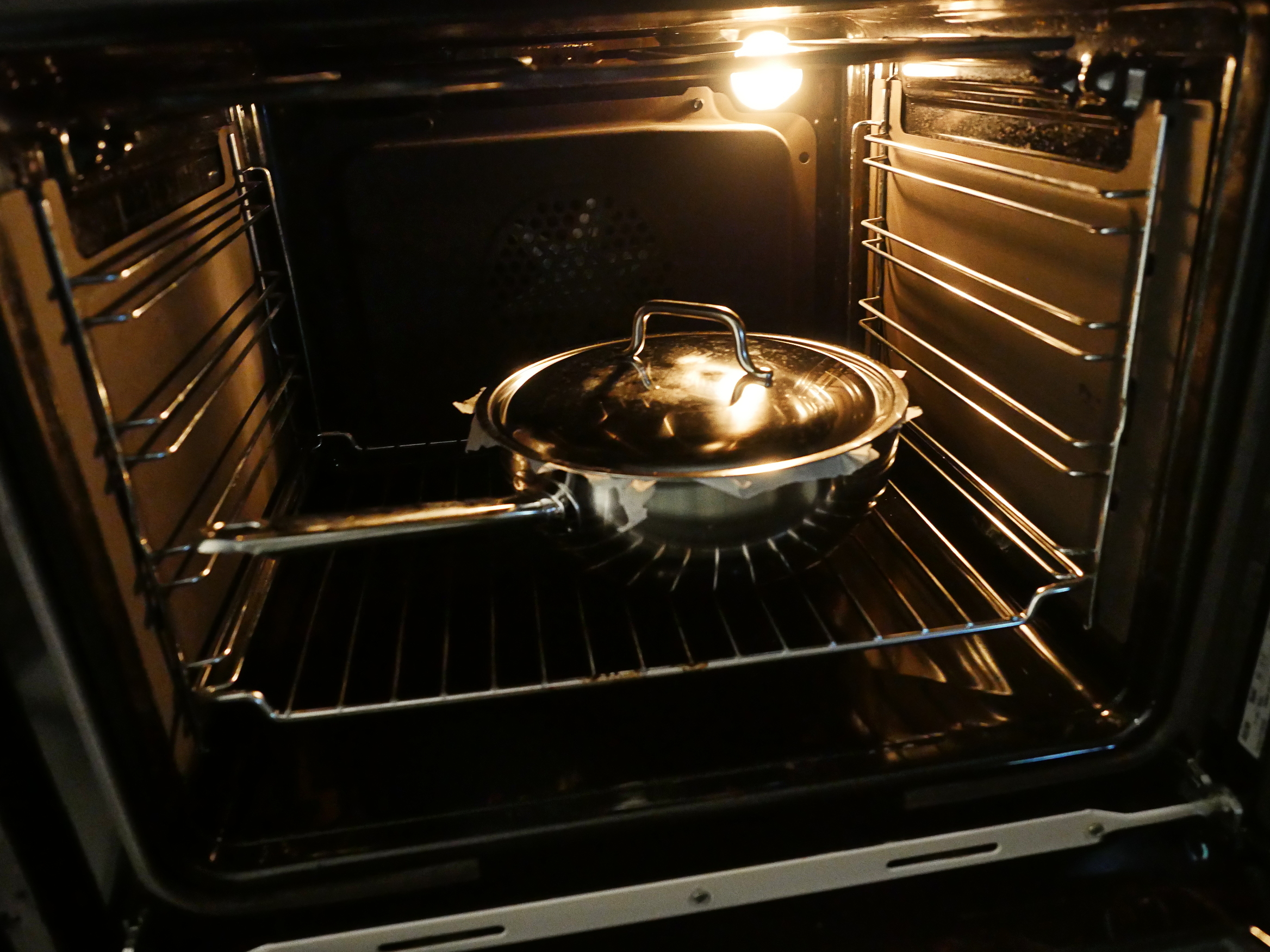
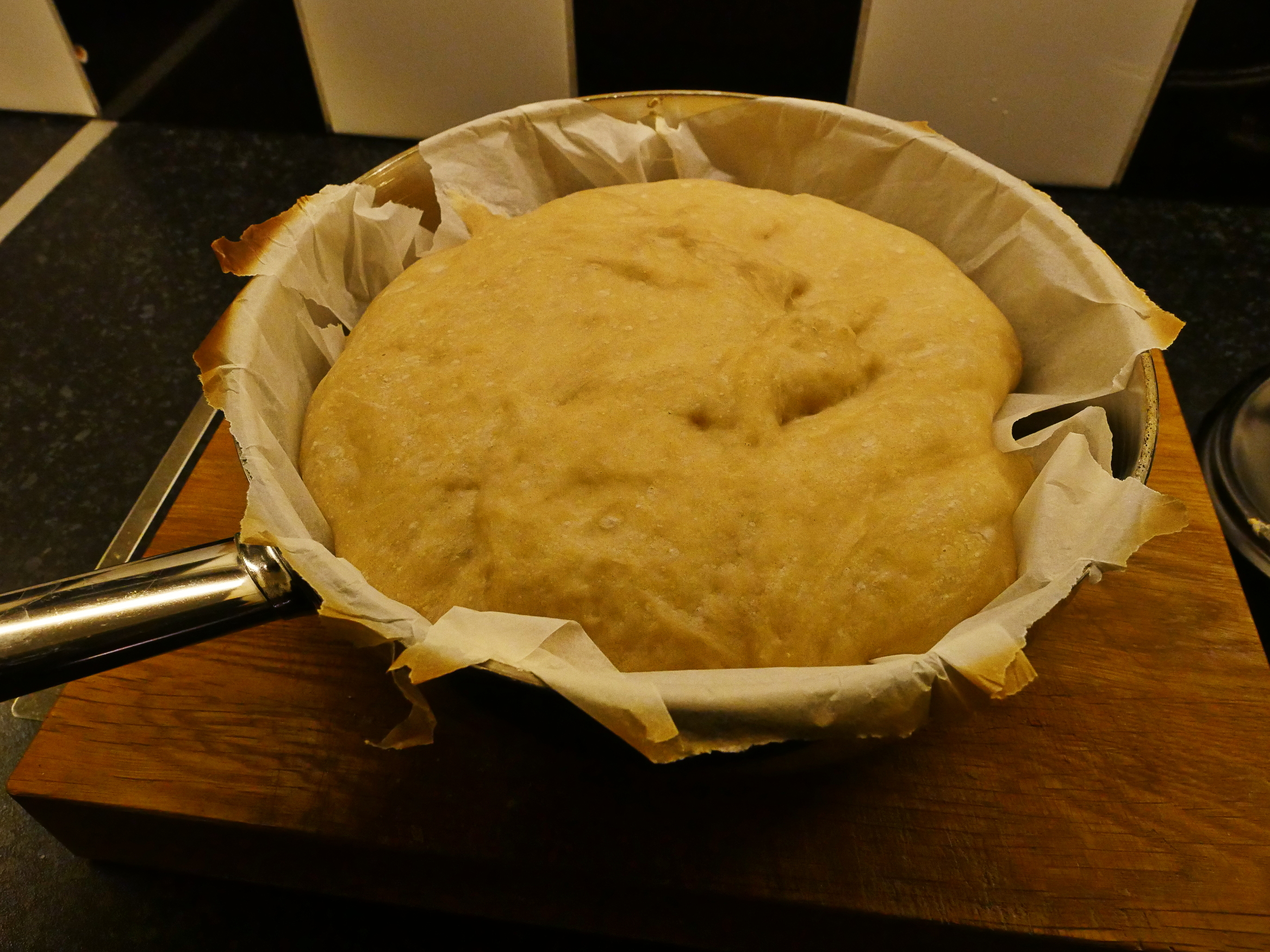

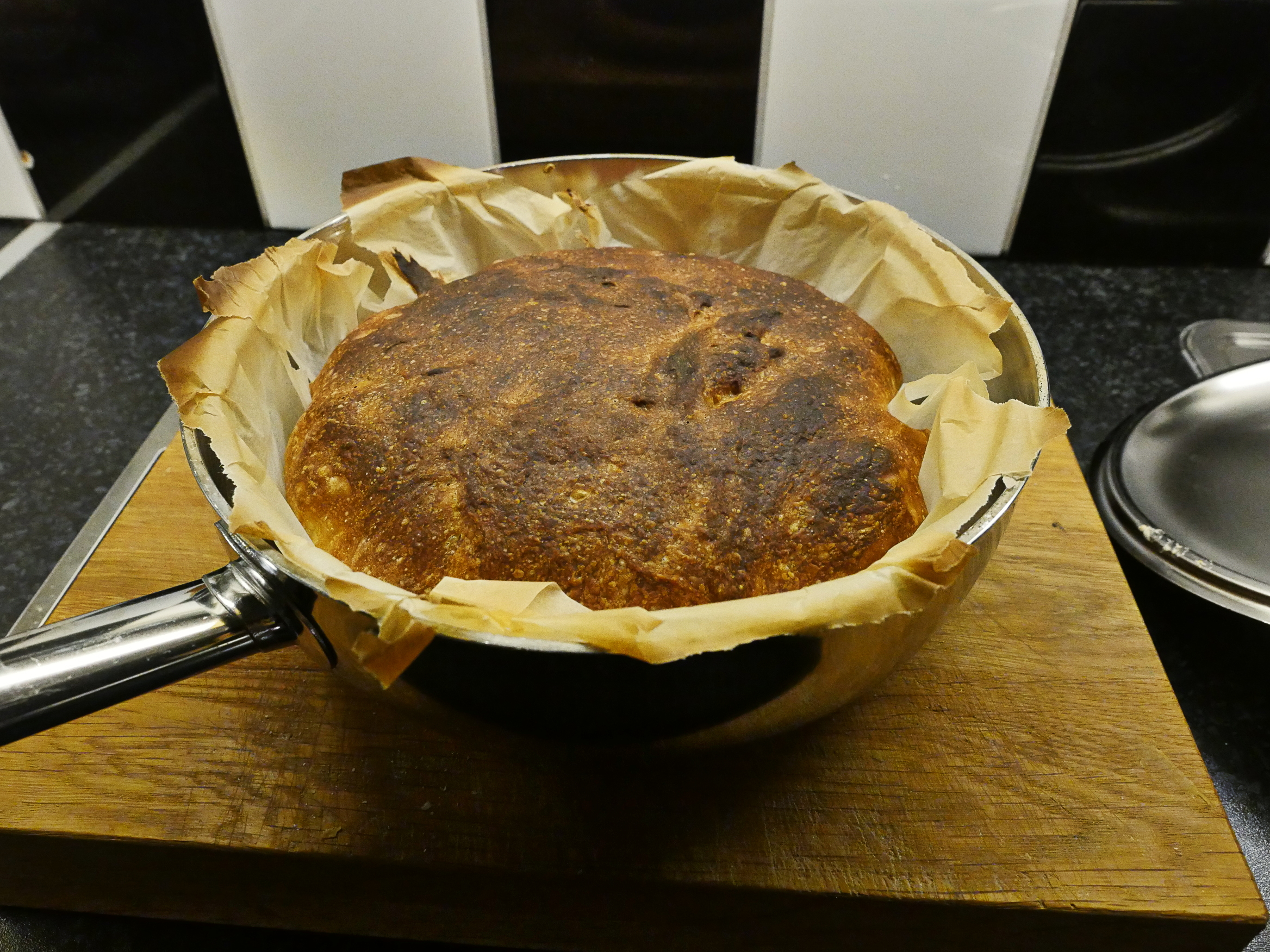
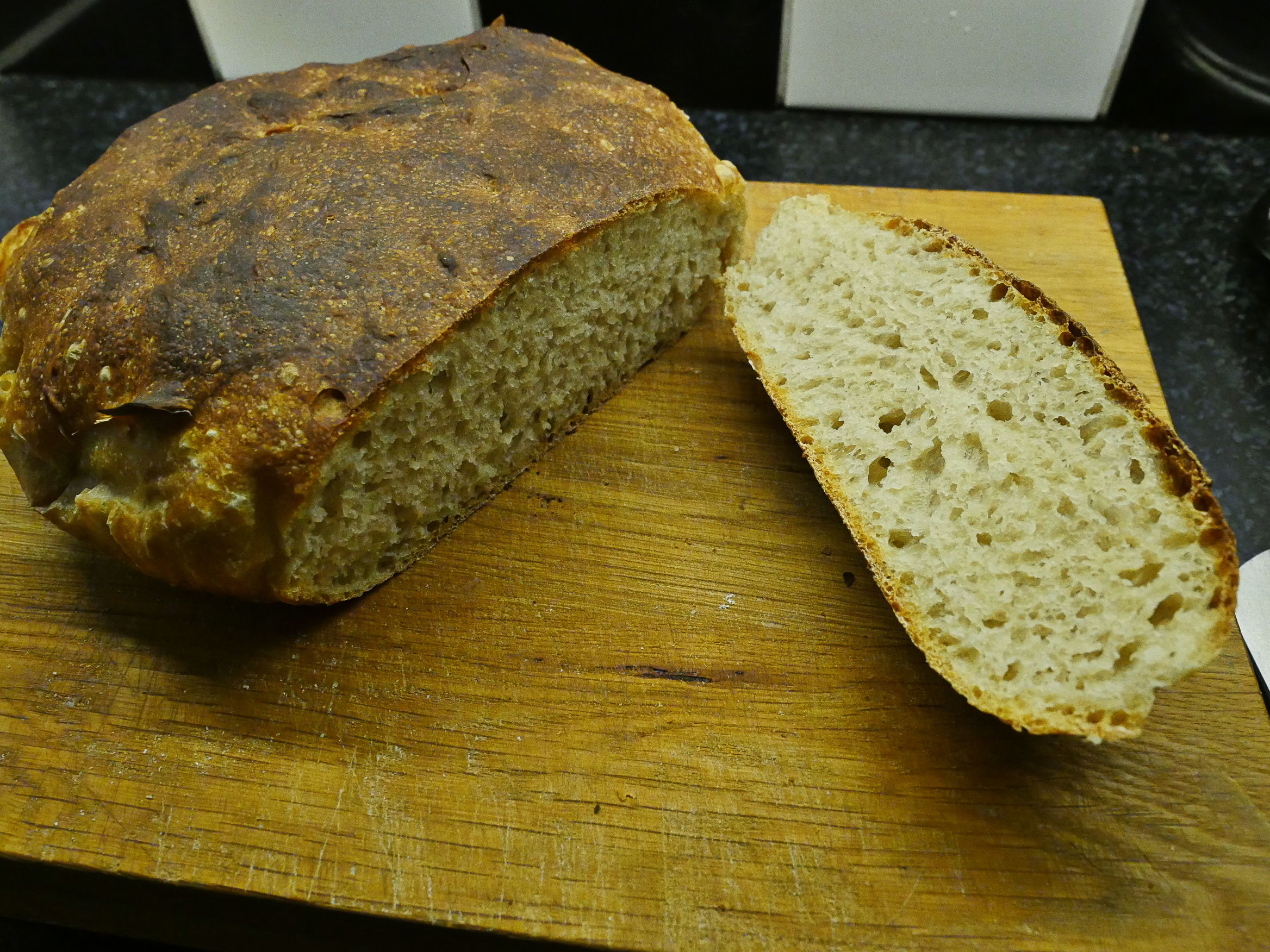
The main difference between this and the Times one (which I made for the 2nd time last night!) is that they heat up the pot in the oven, so when you drop the bread in, it’s already hot in there.
Yes, pre-heating the pot and folding the dough (and forming into a ball) was what I wanted to see whether could be avoided, because those bits didn’t make much sense to me. I’ve now clarified the article slightly.
Looks easy! Does “tspb” mean “teaspoon”? Usually it’s “tsp”, and “tbsp” means “tablespoon”.
Ah, yeah. Good catch. Should be tsp; not a tablespoon. I’ll fix it…
This recipe turned out great! I scaled it by a factor of 2.35 and made two loaves. Since they were a bit bigger, I did 30 minutes with the lid on and 25 with it off.
Can anyone guess why I scaled it by 2.35??
Hm… 2.35… widescreen? 🙂
I accidentally added 4 cups of water, so I scaled the rest of the recipe by 4/1.7.
Heh heh. That’s a tough riddle.
For the second loaf, I didn’t adjust the oven rack, leaving it at the second lowest spot. It turned out great. So you can simplify the recipe a touch more and call it “No Fuss No Knead No Moving-the-oven-Racks Yes Bread”.
Great! I’ll try it without moving and see whether that works for me, too.